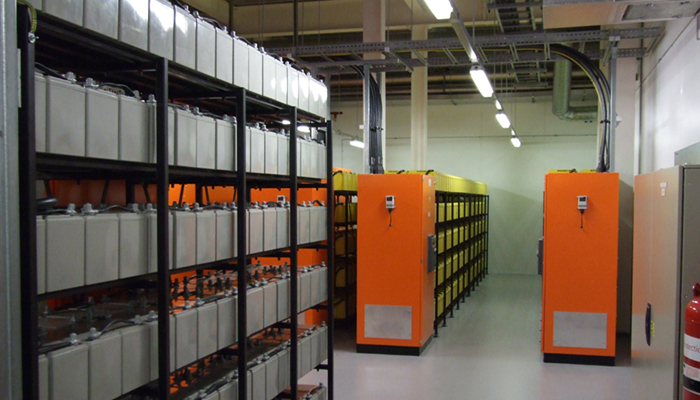There are many types of UPS systems on the market today. It`s important to understand how the different devices operate as well as the strengths and weaknesses of each system.
It is widely believed that there are only two types of uninterruptible power supply (UPS) systems: the standby UPS and the online UPS. These two terms, as commonly understood, are not correctly applied to many UPS systems on the market today. Many misunderstandings about UPS systems are cleared up when the different types of UPS topologies are properly identified.
UPS systems are intended to improve the quality of AC power and to provide uninterrupted operation of AC-powered equipment. To accomplish these functions, a UPS takes in normal-quality AC power from the local electrical utility and provides two enhancements: power quality improvement and a redundant (or backup) power source.
Power-quality defects that may be improved by a UPS include surges, noise and sags. A UPS system also provides redundant power by supplying a backup power source in case the primary source fails. Backup power typically comes from a battery.
The general-purpose uninterruptible power supply may be operated as either a standby-type UPS or an online UPS. The main difference in operation is the power path chosen to be primary. For standby UPS operation, the transfer switch is set to select filtered AC input as the primary power source; it switches to the battery/inverter as the backup source in case of failure of the utility. For online operation, the transfer switch is set to select the battery/inverter as the primary source, and it switches to AC input as the backup source in case the battery/inverter fails. This distinction between online and standby UPS operation is very simple, but it gives rise to some important differences in operation.

